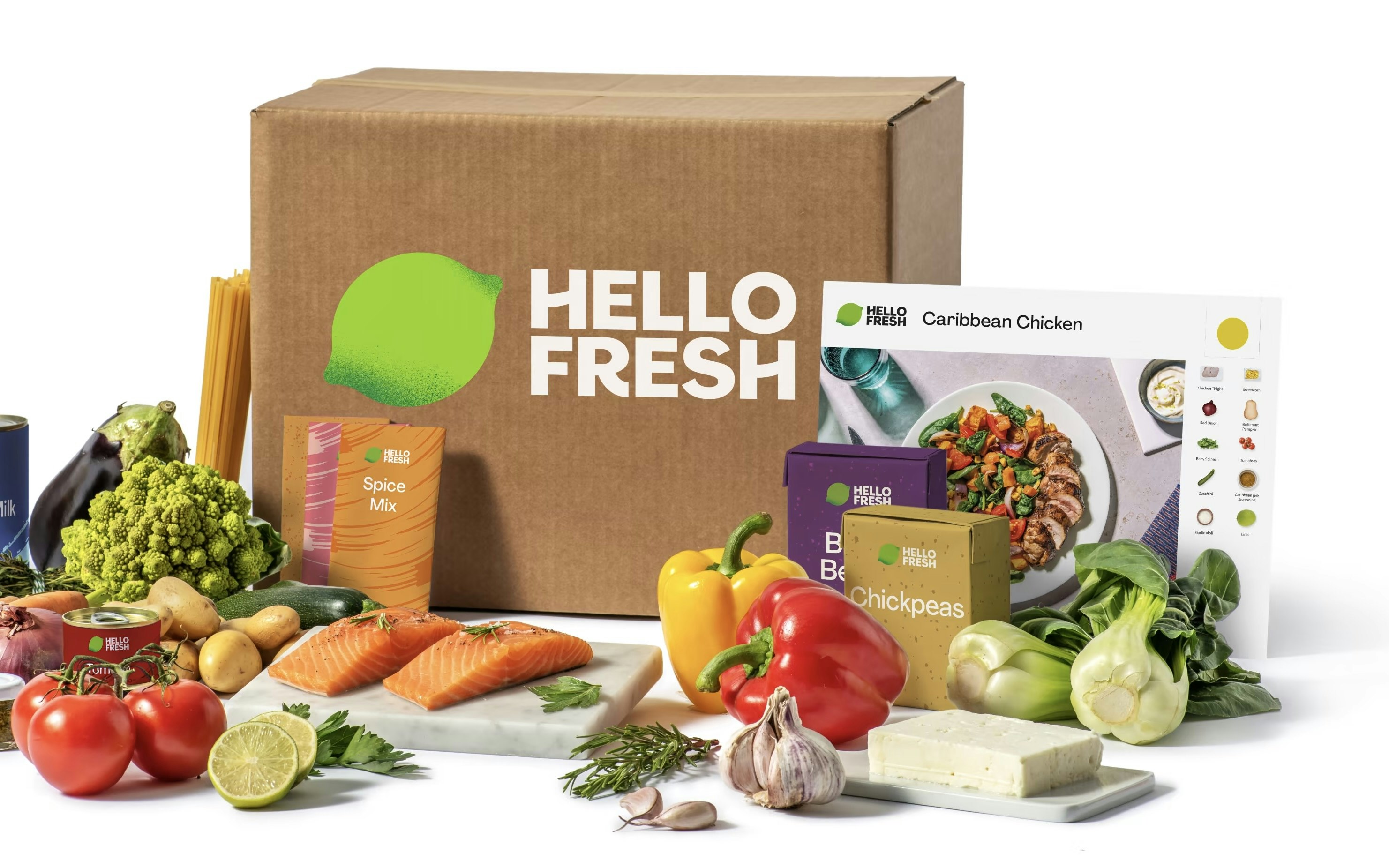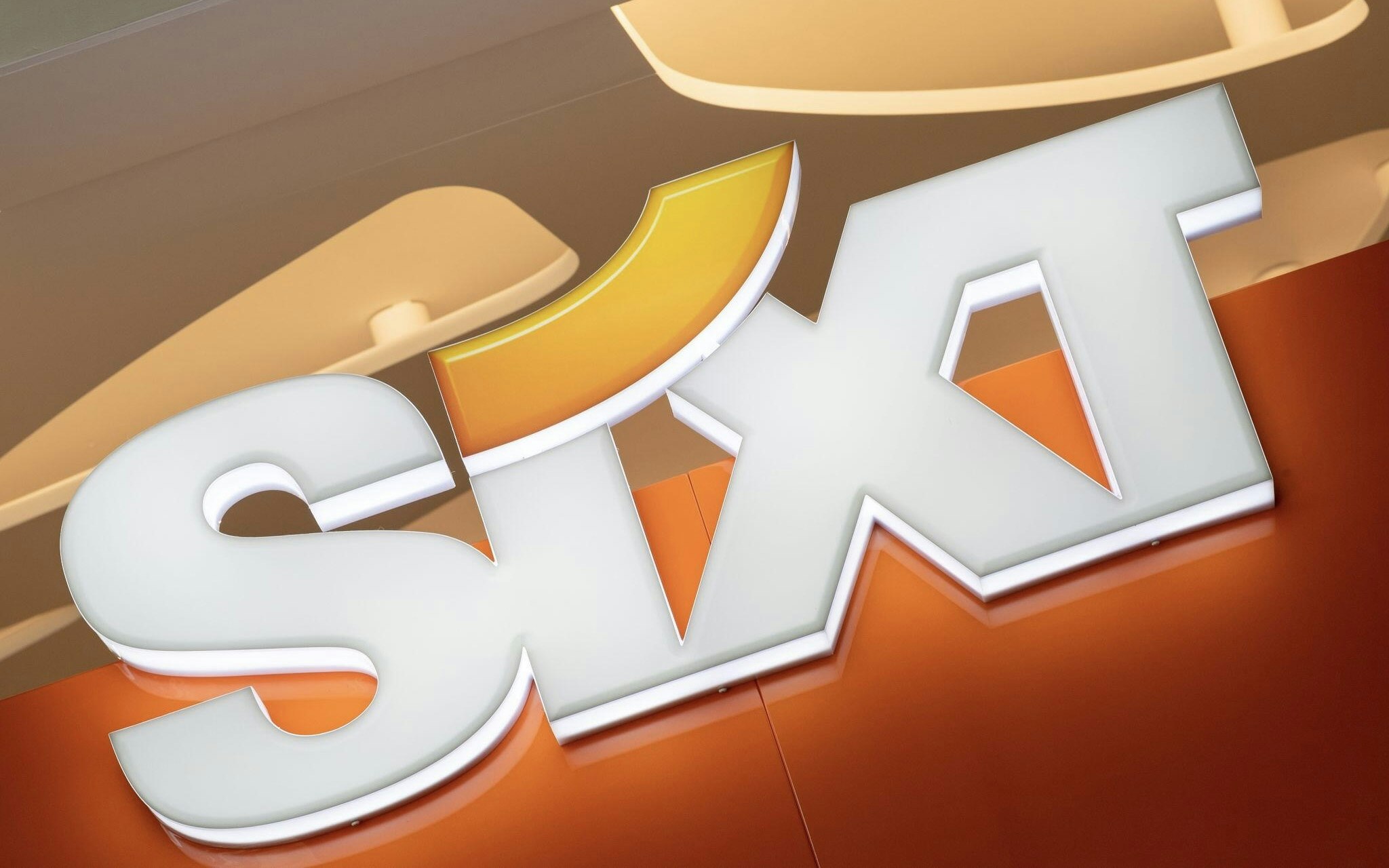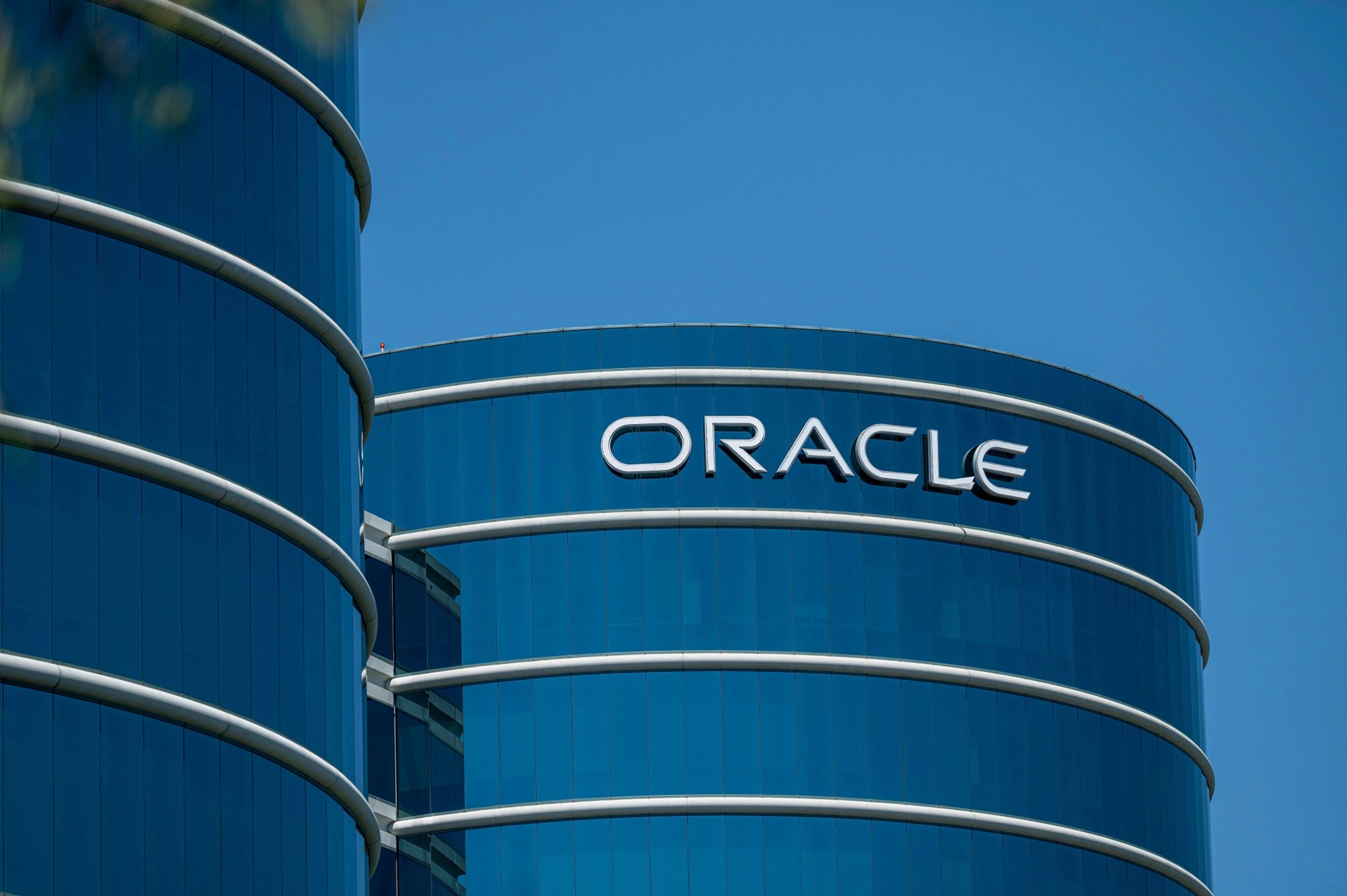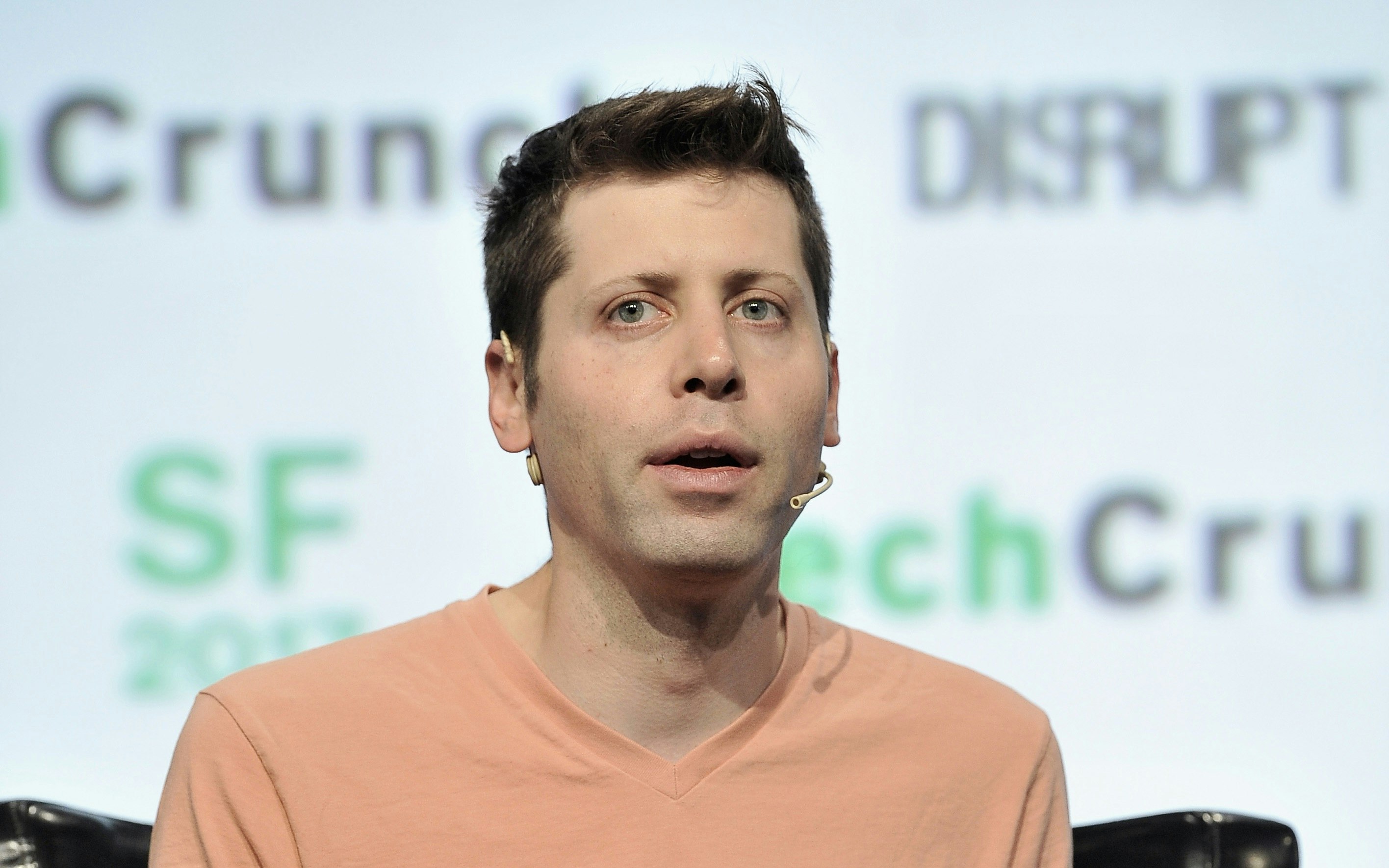HelloFresh, the meal kit delivery service, has lowered its forecast for adjusted operating profit (EBITDA) and cut the upper end of its revenue target range. The Berlin-based company stated that this was due to temporary burdens in the North American segment in the final quarter. However, the forecast for 2024 remains unchanged as the impact is assessed as "mostly temporary".
According to HelloFresh, the adjusted operating profit before interest, taxes, and depreciation (adjusted EBITDA, or AEBITDA) is now expected to be within a range of 430 to 470 million euros, compared to the previous range of 470 to 540 million. The revenue growth in 2023 is expected to be currency-adjusted at only 2 to 5 percent, instead of the previously forecasted 2 to 8 percent, as announced by the MDAX company.
According to HelloFresh, analysts have previously expected an adjusted EBITDA of around 495 million euros (arithmetic mean). The cause for the lower revenue growth is said to be the weaker-than-expected acquisition of new customers "in certain key weeks" of the final quarter, as well as issues with the ramp-up phase of production capacities for ready-made meals.
Temporary shortages in water supply and staff occurred in the new production facility in Arizona, while longer maintenance work than planned had to be scheduled in the existing manufacturing facility in Illinois.
The surprising reduction in forecast just a few weeks after the presentation of the quarterly figures has led to a significant loss of confidence for HelloFresh in the stock market. The shares fell by 20 percent to 16.30 euros shortly after the start of trading on Thursday and last traded at a decrease of 22.33 percent at 15.93 euros. The company had lowered its annual targets the previous evening due to unexpected problems in its most important individual market, the USA. One reason given was lower numbers of new customers in important weeks of the current quarter, such as around the US Thanksgiving holiday.
But HelloFresh is not only struggling with problems in the USA. When starting up the new production facility in Arizona, there were unexpected delays. The company has high hopes for the so-called Ready-To-Eat product line, which is expected to become the most important pillar by 2025. Additionally, water scarcity in Arizona and a shortage of personnel make the manufacturing processes more challenging. In Illinois, the planned maintenance of a production facility took longer than expected.
The analyst Nizla Naizer from Deutsche Bank commented on the forecast reduction as "not the fourth quarter we had expected". Although the reasons are temporary, she remains cautious and therefore recommends waiting. She lowered her buy recommendation and now rates the stock as "Hold". William Woods from the analysis firm Bernstein Research is significantly more skeptical, even classifying the shares as "Underperform".
He doubts that the reasons for the lowering of forecasts were not already visible a few weeks ago when the quarterly figures were presented. In addition, the management of HelloFresh, despite seeing the problems as temporary, has admitted that the US meal kit business is struggling. Woods believes that this is a structural problem. The market is already heavily saturated, customers switch frequently, and the user experience is rather poor. Therefore, the business model itself is proving difficult, which will also be evident in 2024.
With Thursday's stock market crash, HelloFresh shares have lost more than half of their value since their yearly high in September. The stock is now showing a decrease of just over one-fifth for the year 2023. This has caused the company's market value to drop to 2.8 billion euros. During the COVID-19 pandemic, food delivery companies like HelloFresh were favored by investors.
The closure of restaurants and staying at home led to an increase in orders for ready-made meals or ingredients for cooking at home. In November 2021, the stocks still cost almost 100 euros - before the pandemic, it was less than 10 euros. In late autumn 2017, the company went public with an offering price of 10.25 euros.








